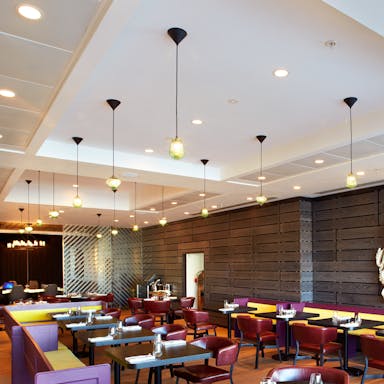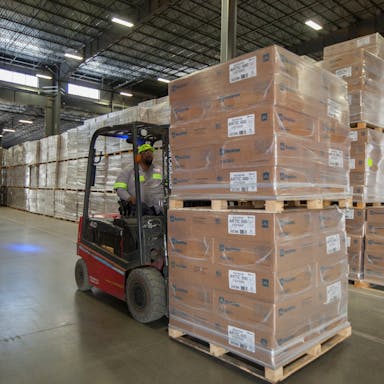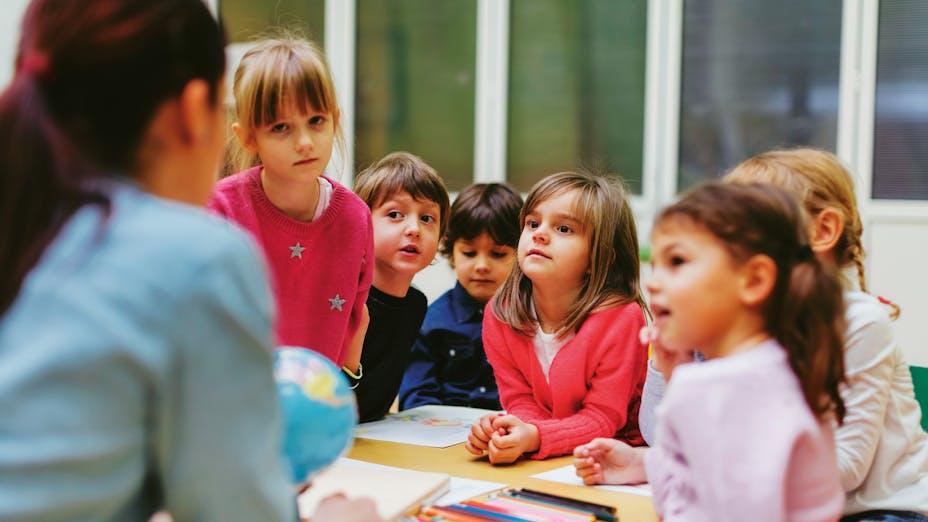During childhood, when mental and physical growth is at its highest, creating the right learning environment is an important consideration to support various development stages. Currently, Japanese preschool facilities have interior acoustic issues such as noise or persistent reverberations. Because there are no building standards for acoustic performance, many preschools do not contain adequate sound absorption and insulation. Moreover, the sound generated by children is loud because there is also the social expectation that children should be lively and full of energy, and preschool teachers generally believe that children’s voices should not be muted.
Therefore, sound environment surrounding preschool children tend to become noisy. On the other hand, the standards in some countries require acoustic performance equal to or better than that in elementary schools. In particularly Germany, which has similar preschool facility challenges as those of Japan, has found a way to address noise issues by improving both environmental and social systems.
Actual condition of the sound environment in German preschools
The German standard (DIN 18041) has necessitated the same level of sound absorption in preschools as in elementary schools since 2004. In addition, DIN 18041 of 2016 requires better acoustic performance for inclusive education. This is just a standard and not a regulation, but in our investigation, we confirmed that sound absorption and insulation are now well established. On social policy, while noise problems related to children's voices occurred, a judicial decision has been made that “children's voices are not noise.” This decision has allowed legal reforms to be made and guarantees the right of children to play freely.
What about the actual sound environment in German preschools where acoustic performance is suitable and the sounds of children are guaranteed? In our investigation, German children's voices tend to be quieter than in Japan. Though there was also a lively scene when playing outdoors, sound environment when playing indoors was calm. It was found that suitable acoustics helped to reduce the mixing of sound, thereby the generated sound was smaller. In addition, preschool teachers have a high awareness of the sound environment around them.
What makes German preschools different?
In Japan, teachers have a certain reluctance to accept children's voices as noise and to control them. On the other hand, in Germany, teachers believe that children should acquire appropriate voices while still allowing children to play freely. They adjusted the sound environment so it responded to the children with prominent utterances, showed models of appropriate behavior, or improved acoustics by setting the environment. In terms of the classroom environment teachers proposed a sound-absorbing treatment in the spaces with long-reverberation times . These are important cases not seen in Japan.
Proper acoustic environment improves people’s awareness
The case in Germany involves various factors, such as the children’s view, the educational philosophy, and the role of the social institution, and it is not just a system problem. However, we think that the proper acoustical environment has an opportunity to improve people's various awareness. When we conducted an experiment in Japan to install sound-absorbing materials in the classroom, the participating teachers who experienced proper acoustic environment recognized unwanted sounds and that a poor acoustic environment had various negative effects on their activities. And they became aware of the importance of acoustics. We believe such improvements of preschool teacher's awareness will lead to the creation of a better educational environment. In Japan, acoustic standards for preschools will be published this year. I hope that this becomes an opportunity to improve acoustic performance in Japanese schools and increase the teachers' awareness of the acoustic indoor environment.
Download Abstract
Saki Noguchi has made a comparison between Japanese and German pre-schools showing the benefits of acoustical awareness and the way to support children’s education from the early years.



